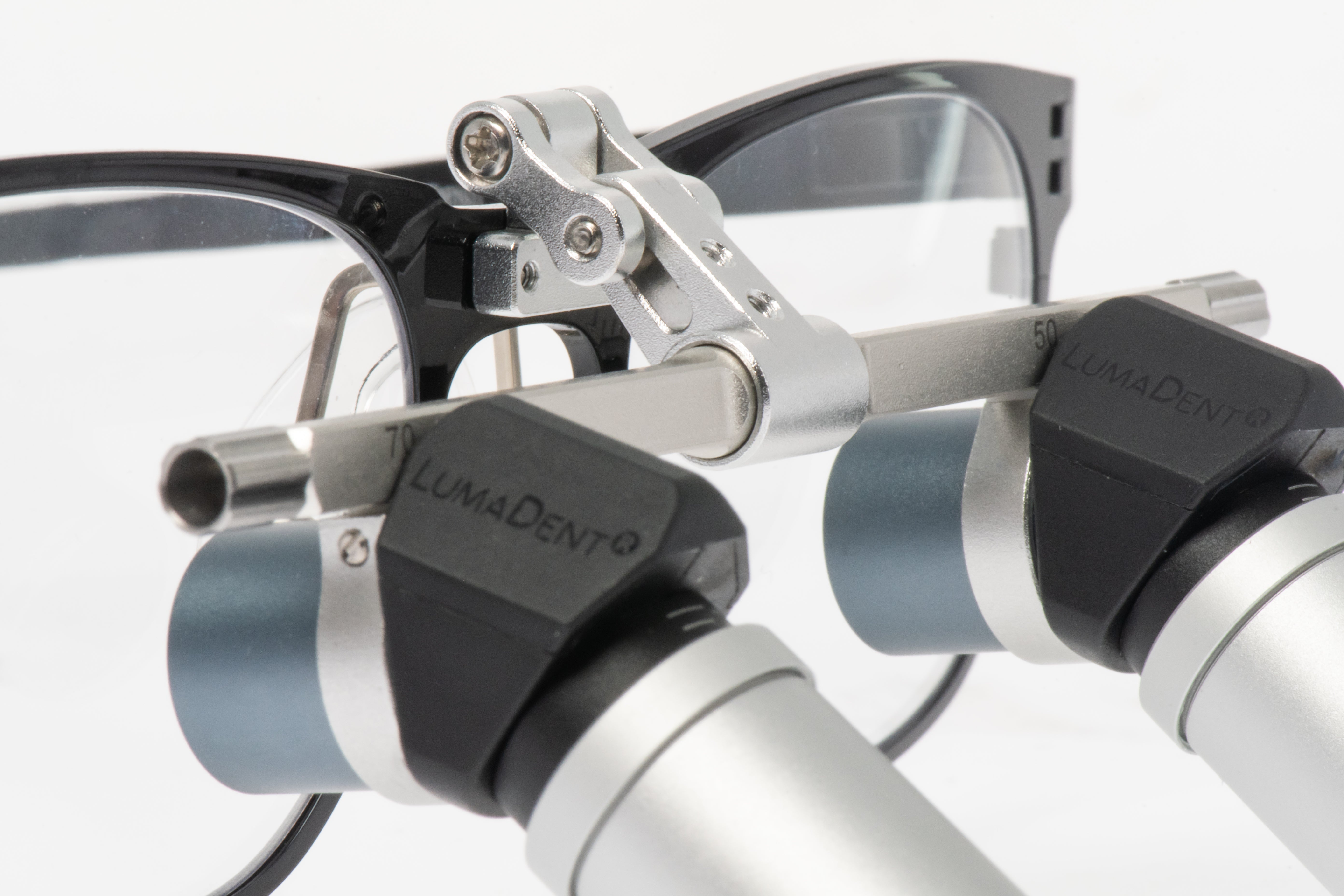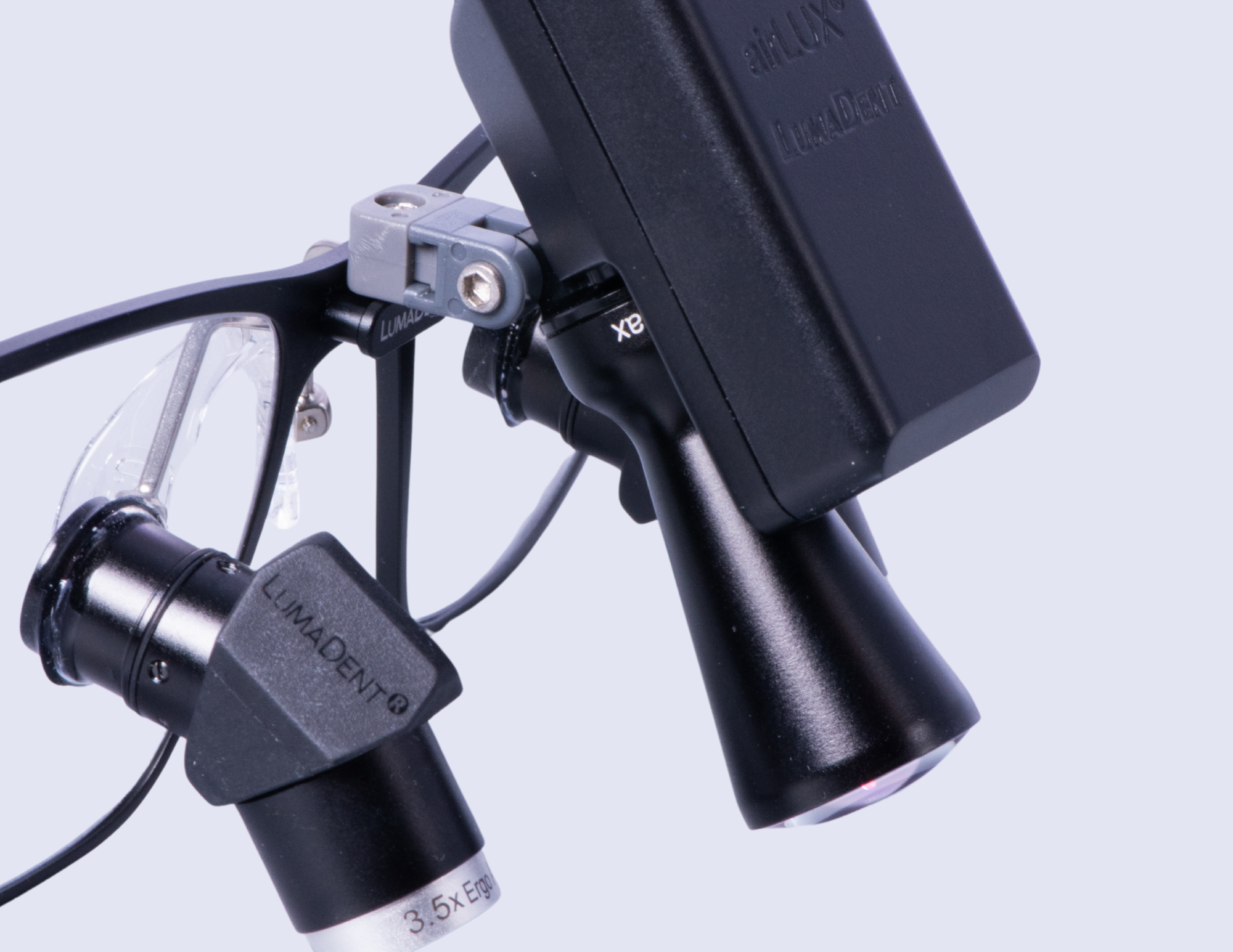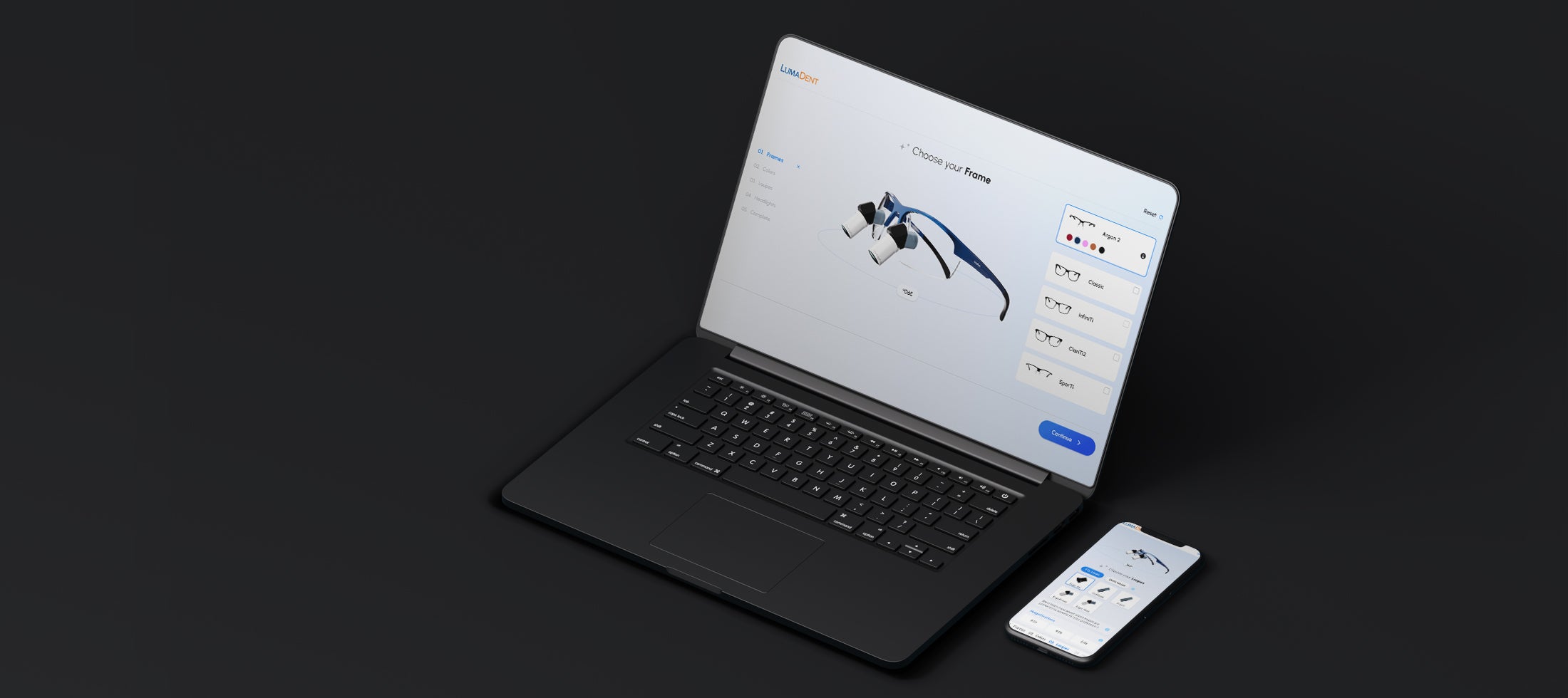
Precision and clarity are the keystones of success in various professions, especially those requiring meticulous attention to detail. Whether you're a dentist, surgeon, jeweler, or an artisan, the proper use of loupes is indispensable. These small yet powerful magnification devices offer a window into a world of enhanced vision, enabling professionals to execute tasks with unprecedented accuracy. However, wearing loupes isn't just about putting them on; it's an art that demands understanding, proper fit, and technique.
This guide is here to pave the way for your seamless transition into embracing loupes as your new ergonomic allies. At the forefront lies the pivotal task of selecting the ideal magnification, a decision contingent upon various professional, personal, and task-oriented aspects. Delve into these considerations to navigate the maze of magnification options and zero in on the perfect match tailored specifically for you.
First Things First – What Tasks Will You Be Performing?
Sometimes, the best way to determine the right magnification is to try different options and see which feels most comfortable and effective for your specific tasks.

- Detail-oriented tasks: If your work involves intricate details (like dental procedures, surgery, fine mechanical work, cosmetology, jewelry, or miniature work), higher magnification (around 3.5x to 5x) will likely be the most suitable.
- General tasks: For more general purposes, such as examinations or inspections, lower magnification (around 2x to 3x) will be best.
Have You Identified Your Working Distance?
- Short working distance: Higher magnification often means a shorter working distance. Ensure that the working distance of your loupes fits comfortably with your work setup and posture. Consider the weight, design, and adjustment options of the loupes to ensure they're comfortable for extended use.
- Long working distance: Lower magnification can provide a longer working distance, allowing more space between you and the subject.
Now, Field of View & Magnification
- Higher magnification: Usually offers a narrower field of view but greater detail within that field. Some professionals gradually increase magnification as they become more comfortable working with loupes.
- Lower magnification: This will provide a wider field of view but with less detail. If you're used to working without magnification, starting with lower magnification might make the transition easier.

Ultimately, the right magnification depends on finding a balance between detail, comfort, and practicality for your particular tasks. Experimenting with different options and considering these factors can help you determine the most suitable magnification for your loupes.
Luckily, LumaDent has a few options to help you select the appropriate magnification:
- 2.5x Micro - With lower magnification and lightweight design, these loupes are tailored for new users, especially students, facilitating an easy transition into the world of loupes.
- 3.0x - An intermediate magnification level, ideal for hygienists or students easing into the world of loupes, offering a balanced experience for those with limited exposure.
- 3.5x Micro - Ideal for dentists seeking higher magnification without compromising on weight. It's important to note that it does provide a narrower Field of View (FOV) compared to lower magnification or Prism options.
- 3.5x Prism - Offers elevated magnification while maintaining a wide FOV. Best suited for seasoned loupes users due to its higher magnification and broad visual spectrum.
-
- 4.0x – Provides an expansive FOV of 85mm, catering to professionals requiring a wide field of view without sacrificing magnification.
- 4.5x – These Prism loupes epitomize the pursuit of the highest magnification levels, perfect for professionals engaged in intricate procedures seeking unparalleled visual precision.
- 5.0x – Marks a significant leap in magnification, ideally suited for specialized procedures necessitating minute and intricate details, often preferred by experienced specialists in fields like endodontics or microsurgery.
- 6.0x – Elevates the visual landscape, offering the pinnacle of precision, particularly valuable in surgeries or examinations requiring acute focus and fine detailing, delivering unparalleled ergonomics alongside high power.
- 7.0x - Represents the zenith of magnification, recommended for highly specialized procedures demanding utmost precision, typically found in disciplines such as neurosurgery or microvascular surgery.
- 10.0x - At the apogee of magnification capabilities, these loupes are reserved for the most intricate and microscopic tasks, catering to niche specialties like ophthalmology or reconstructive microsurgery, where precision at a cellular level is paramount.
Remember, the choice of magnification isn’t solely about the numbers; it’s about finding the perfect harmony between precision, comfort, and task-specific suitability to enhance your professional prowess.
Getting a Professional Loupes Fitting is Key
Securing the perfect fit for your loupes isn’t just an afterthought; it's the cornerstone of your professional precision. Seeking advice and guidance from seasoned professionals in your field or turning to manufacturers, suppliers, like the knowledgeable representatives at LumaDent, can provide invaluable insights tailored to your specific needs.

At LumaDent, our experienced sales representatives understand the diverse requirements across various industries. They stand ready to address your inquiries and go the extra mile, offering frame adjustments and ensuring your loupe's comfort, thereby empowering you to excel in your craft with enhanced clarity and precision.
TTL vs. Vario Loupes – How to Pick Your Fit

Choosing between TTL (Through-The-Lens) and Vario loupes (similar to “flip-up” loupes) is a pivotal decision for professionals in various fields, especially those reliant on precision and clarity. The debate between these two styles often centers on comfort, functionality, and personal preferences. Understanding the nuances and differences between TTL and Vario loupes is crucial in making an informed choice that best suits individual needs. Whether you prioritize seamless integration, ergonomic design, or versatility, delving into the comparison of TTL and Vario loupes unveils the key aspects to help you make the ideal selection for your specific requirements.
TTL Loupes
- Lifetime Warranty
- Featherlight
- Patented Ergonomic Design
TTL loupes are integrated directly into the eyewear, providing a streamlined design without additional attachments. Because they're fixed within the lenses, TTL loupes tend to offer greater stability and less chance of misalignment during use. TTL loupes often provide a wider field of view compared to flip-up loupes, allowing for a broader visual perspective.

When using TTL loupes, pay attention to the fit of the temple arms. Vertical temple arm adjustments affect the angle you can see through the telescopes and what is the distance of the focus point from your body. Straighter temple arms adjust the focus point away from you, while curved temple arms adjust the focus point closer. Simply adjust the arms inward for comfort and a secure fit.
Check out our TTL instructional video for more detailed information.
Vario Loupes
- Versatile + Completely Customizable
- Perfect for Back-Up Loupes
- Can Be Shared Easily
Flip-up loupes allow users to easily switch between magnified and non-magnified vision, offering versatility in various tasks. Their flip-up mechanism allows quick transition between magnification and regular vision, convenient for tasks requiring intermittent close inspection. When flipped up, these loupes provide an unobstructed view, enhancing peripheral vision and facilitating interactions without the need to remove the entire device.

Bend the nose pads in if you want your loupes to sit higher on your nose, or out if you’d like them to sit lower on your nose. Next, twist the nose pads in or out to adjust for fit and comfort. Pull the nose pads out to move the loupes further away from you, and push them in to bring them closer to you.
Check out our Vario instructional video for more detailed information.
Ready to Design Your Loupes?

Mastering the art of wearing loupes is more than just donning a pair; it's about seamlessly integrating them into your workflow. Remember, the key is comfort and precision. Find the ideal fit, ensure proper adjustment, and take the time to adapt to their use. Embrace the learning curve and practice regularly to make wearing loupes second nature. With patience and persistence, these invaluable tools will not only enhance your precision but also revolutionize the way you perceive detail in your work. Want to wear your loupes with confidence and make every meticulous task a work of precision and clarity? Reach out!
LumaDent’s knowledgeable and friendly Solutions Team agents or Sales Representatives will be happy to help you find your perfect fit.




Share:
Introducing the New LumaDent Loupes Design Studio
Essential Tips and Tools for Success